10 Most Worthless battle-time Collectibles of Military Memorabilia
Warriors serve their lives for the sake of the world. These brave souls will always be remembered and respected by every individual. Keeping them in memory for all time, as well as the sentimental value of their military memorabilia, is highly regarded. Military relics, antiques, and memorabilia are a heritage of nation-state warfare. Their existence triggers images of restless invasion and extreme crime. They also serve as a reminder of the incredible heroism displayed by regular folks serving in the military.
A lot of wars occurred between humans to win their rights, but military memorabilia was never disrespected or undervalued. On the other hand, artifacts used in battles aren’t limited. During the no-war period, the military memorabilia industry was brimming with objects used or manufactured by military members.
It is true that not all the good things about the military are of high value. There are a few items that are worthless when seen in terms of wealth. But these memories are always respected and kept as a record of brave acts. Here, we will be exploring those worthless wartime collectibles and also why they exist.
Some Interesting Militaria that are Highly Valuable but Worthless
These battle-time collectibles are very highly demanded but are also very low in value in the world of profit making. If you have inherited these items and want to sell them by acknowledging their real worth and value, then it would be great to get them appraised and gather information about them to know whether they are profitable or not. Several priceless military mementos are highlighted.
1. Civil War Bullets
Also known as “minie balls,” these were widely used in the American civil war. After the launch of these bullets, which were first used in battles between the Union and the Confederacy between the years 1861 and 1865, civil battle bullets came in many forms. These used or fired bullets are worthless because of their useless factors, which cannot be further utilized for future generations. But they hold a special place in history and museums for story-telling purposes.
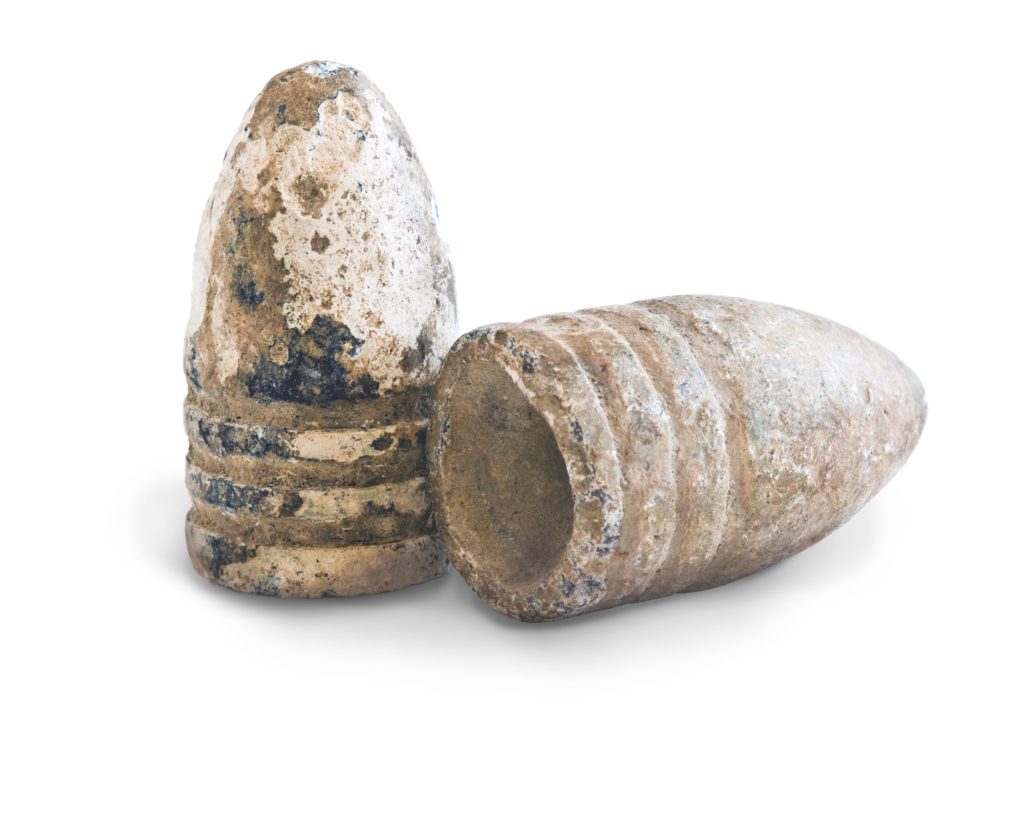
2. Warriors Outfit Brass Buttons
The use of brass buttons on the uniforms of the army in World War I and II was embedded on the sides of military hats, jackets, and overcoats, cuffs, pocket flaps, shoulder loops, and Navy shoulder markings. Uniform buttons served a dual purpose: they were both realistic and beautiful. Other than this, to get a worthwhile value from these buttons, you’ll need a whole pair of dozens of Civil War-era buttons affixed to the uniforms themselves.

3. World War II Victory Medals
This medal was given to the army who served in the victory of the US during World War II. The medal was issued as a service ribbon and named “Victory Ribbon”. With regard to their implications, these victory medals hold more emotional value than commercial value. Even if it comes in its original box, it still doesn’t hold that much worth paying for.

4. World War I & II Snaps
Photos were a bit more valuable during the Civil War, when photography needed hefty equipment and glass plates. Images were significantly more common during World War I and II, when Geographical Information Systems could carry mini cameras. Suggesting that genuine war images or photos of notable personalities from each battle aren’t valuable, but still, it won’t be that valuable compared to the other militaria items and will be just for historical documentation purposes.
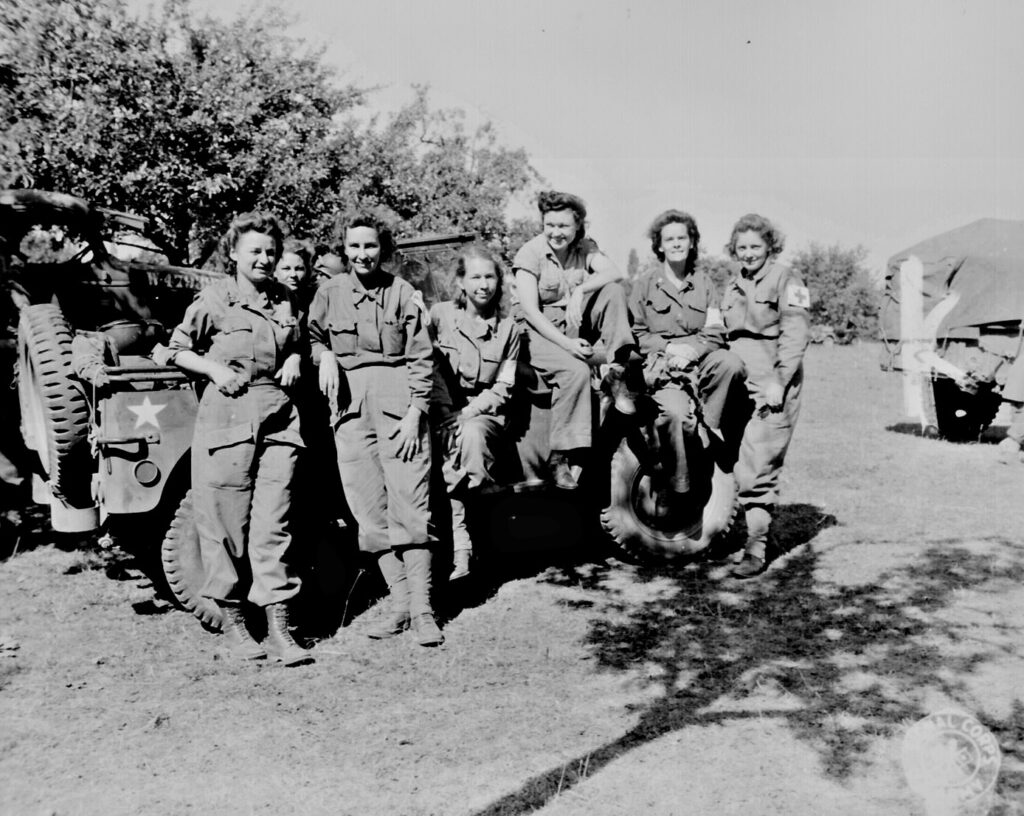
5. Challenge Coins
The challenge coins aren’t worthless in and of themselves. They denote participation and accomplishment in some of the most prestigious military and intelligence organizations in the United States. Most likely, these challenge coins are just worth 3–4 figures in profit. There is also the little matter that challenge coins are frequently used by military personnel as a symbol of a successful mission. They don’t give them up easily, so they are frequently passed down through generations.
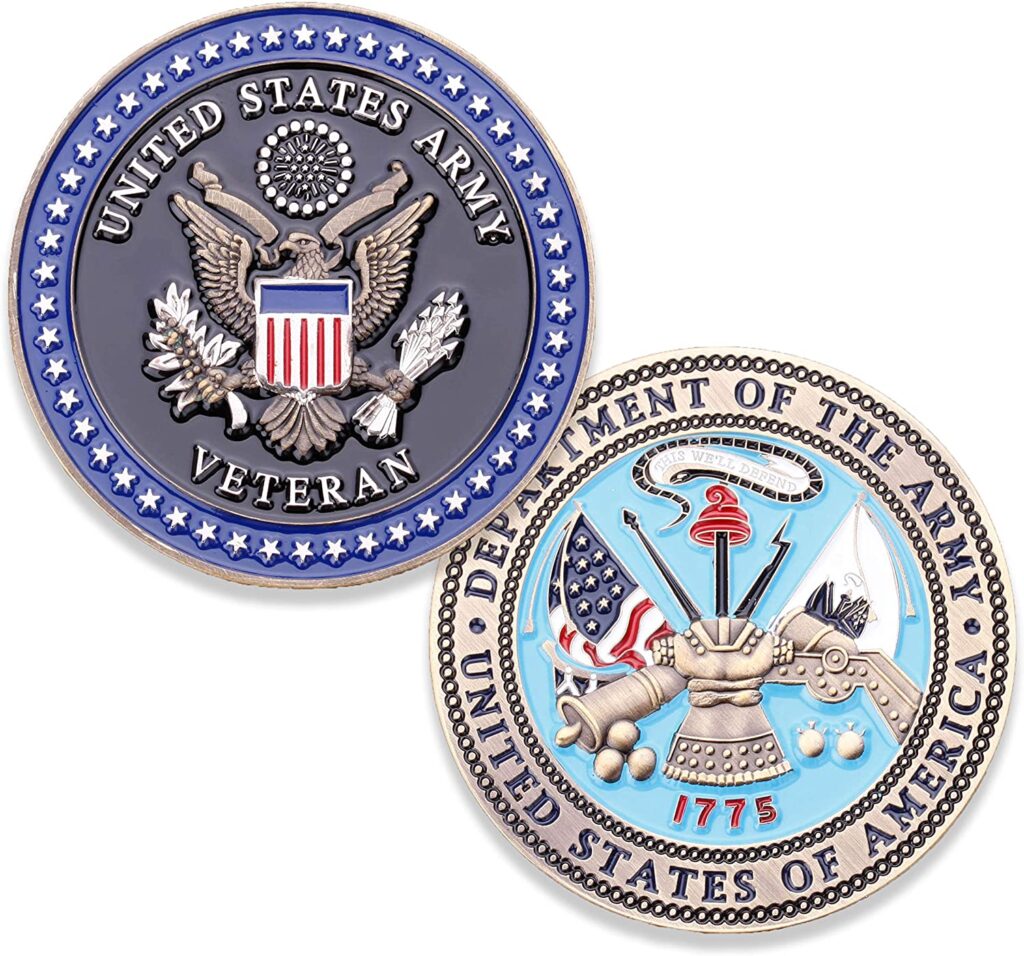
6. Vietnam Battle Slides
Even though these war slides show a pictorial representation of war scenes, Hueys in flight, and many more scenes which describe the existence of the reality of battle and how it occurred on a battlefield, they don’t carry that much good worth. As seen, millions of US citizens during the Vietnam period brought these war slides to their homes. An entire stock of battle slides would set you back a few hundred dollars, but, as memorabilia goes, these slides remain some of the cheapest and most stunning examples.
7. World War Patches
If you’re gathering from the biggest US army commitment in history, those shoulder patches aren’t going to be worth much. Indeed, there’s a good probability that patches from the many battles of the global war on terror will be less frequent than those from World War II. If you’re searching for a valuable World War II outfit, you’ll need to consider some of the best and most valuable army memorabilia goods.
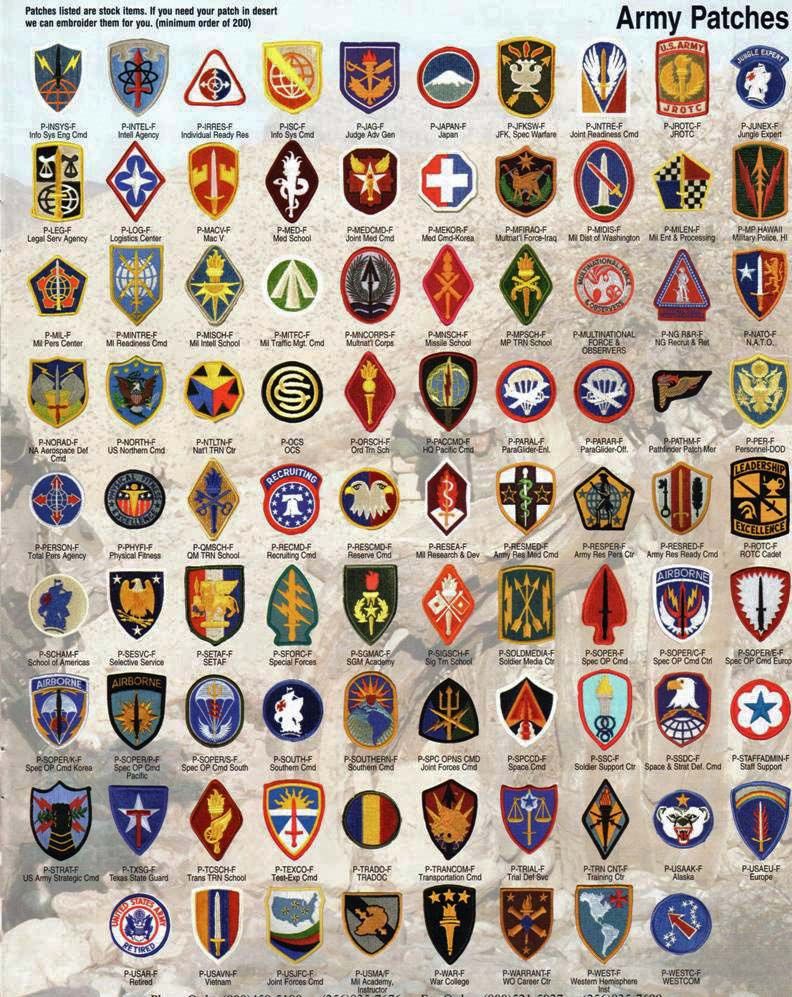
8. German Coins and Stamps
The value of postage is higher than the coins and stamp collections from the World War II period of Nazi Germany. It wasn’t that exceptional that one of the participants in the war went to Germany, and now a large amount of this postage is spread all over. If going back to history, you may take it to a numismatist or philatelist to determine if it’s from a particularly uncommon run, but it has no intrinsic worth because it came from the Third Realm.
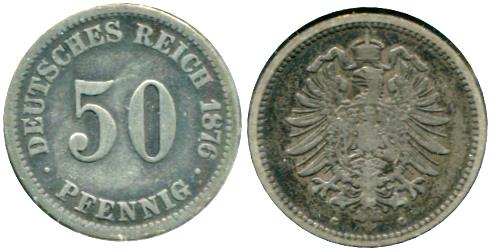
9. US Global War II Helmets
If your grandfather or grandmother lived during World War II and served in the military, they may have kept items such as helmets.If you’ve inherited them in good condition after 75 years, awesome. You can then get $1000 or more worth of those helmet items. However, if their standard-issue M1 was damaged or missing line or straps, it would be worthless because the main value of helmets comes from the straps and line.
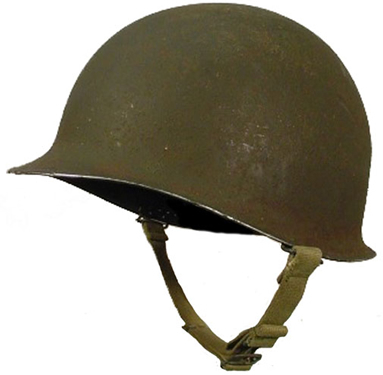
10. Ration Related Goods from World War II
In 1940, the United States had a population of 132 million people. Typewriters, fuel, cycles, footwear, clothes, oil, furnaces, meat, lard, and food oils, processed foods, milk, firewood, coal, and fruit butter, etc. had all been rationed by 1943. These are excellent teaching aids for reminding people of the sacrifices made by armies during conflict. But, they aren’t particularly rare or expensive.
